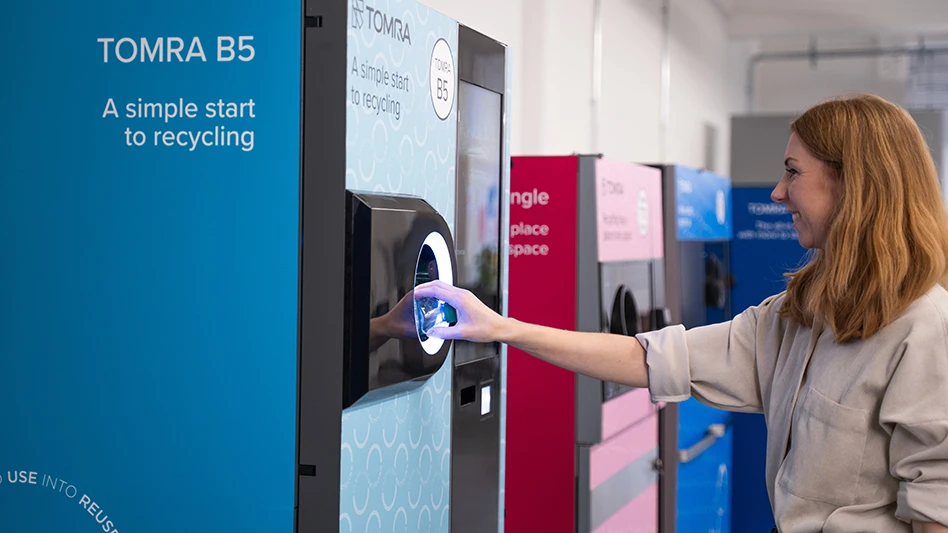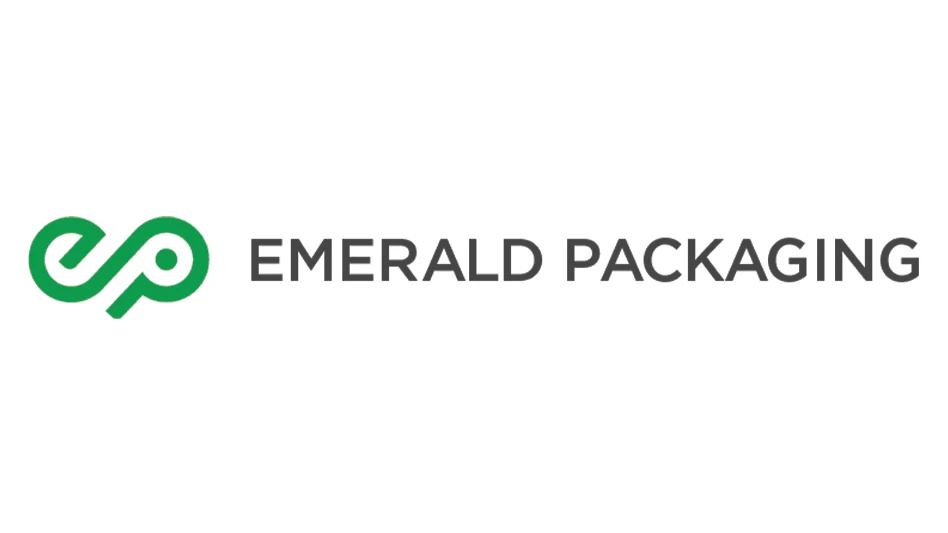Three trade associations—the Aluminum Association, the Can Manufacturers Institute (CMI) and the Institute of Scrap Recycling Industries (ISRI)—have announced jointly that the recycling rate for used aluminum beverage cans (UBCs) reached 66.7 percent in 2013, the third time in a row the rate topped 65 percent.
The Aluminum Association, Arlington, Virginia, notes that the UBC recycling rate averaged 54 percent in the prior decade.
 “Aluminum cans are recycled more readily and more frequently than any other beverage packaging type—period,” says Heidi Brock, president and CEO of the Aluminum Association. “The can’s sustainability advantage is a real differentiator for the product and something we know consumers care about.”
“Aluminum cans are recycled more readily and more frequently than any other beverage packaging type—period,” says Heidi Brock, president and CEO of the Aluminum Association. “The can’s sustainability advantage is a real differentiator for the product and something we know consumers care about.”
Robert Budway, president of the CMI, based in Washington, says, “Integral to the aluminum beverage can’s position as the premium package for beverages is our unrivaled recycling rate. Consumers and brands recognize that the aluminum beverage can is America’s most recycled drinks package. Our industry is dedicated to being a leader in promoting sustainability and recycling aluminum beverage cans is critical to that effort.”
Robin Wiener, president of Washington-based ISRI, adds,“As demonstrated by the strong aluminum can recycling rate, recycled aluminum is a highly valued commodity for new production.”
She adds, “Representing the first link in the manufacturing process, recyclers are key to ensuring used beverage cans are quickly returned to store shelves in a manner that economically and environmentally benefits the consumer while costing less energy to produce. With this in mind, we look forward to the continuation of a strong market for recycled beverage cans.”
According to the Aluminum Association, while the UBC recycling rate has risen significantly over the past decade, much of the growth in recent years has come from the addition of imported used cans entering the U.S. recycling stream. Because of aluminum’s high inherent value and the closed-loop recycling process of can making, U.S. recyclers often import used cans from Canada, Mexico, Saudi Arabia and other countries.
While the number of imported cans decreased slightly from 2012, the number of cans recycled by U.S. consumers increased slightly, offsetting the decline, the associations say.
“We’ve made steady progress on can recycling in the industry, especially during the past several years, and that’s something we can all be very proud of,” Brock adds. “But consumers have a big opportunity to help increase can recycling as well. Recycling your used beverage can is one simple way to make a huge difference to the environment and the economy.”
The Aluminum Association’s industry recycling rate is based on survey input of UBC melting facilities, including can sheet producers, can manufacturers and secondary producers of aluminum, representing nearly all can recycling activity in the United States.
Latest from Recycling Today
- Alberta Ag-Plastic pilot program continues, expands with renewed funding
- ReMA urges open intra-North American scrap trade
- Axium awarded by regional organization
- China to introduce steel export quotas
- Thyssenkrupp idles capacity in Europe
- Phoenix Technologies closes Ohio rPET facility
- EPA selects 2 governments in Pennsylvania to receive recycling, waste grants
- NWRA Florida Chapter announces 2025 Legislative Champion Awards





